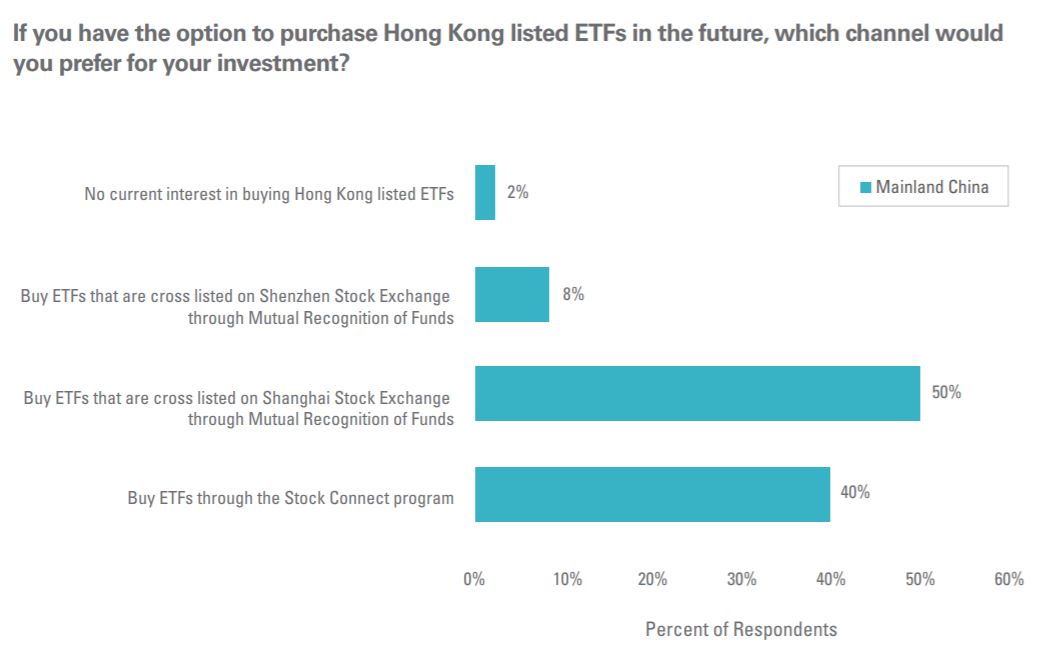Greater China investors have said issues around trading on platforms is a key headwind to further ETF adoption in the region, according
to a survey conducted by Brown Brothers Harriman.
The report, which surveyed 100 institutional investors, financial advisers and fund managers across mainland China, Hong Kong and Taiwan, found 31% of respondents highlighted platforms as the biggest issue for ETF growth.
In Greater China, which makes up 2.1% of the global ETF market, distribution platforms are still commission-based, which does not align with a key structural benefit of investing in ETFs, low cost.
Despite this however, the report said enhanced disclosure requirements have increased the transparency of these fee arrangements, which could push retail investors into lower cost products “but for now it is a large barrier for widespread ETF adoption”.
“The results highlight how much opportunity exists for global intermediaries to continue to improve the user experience and make trading ETFs more cost effective.”
Other headwinds respondents highlighted were spreads being “too wide and uncertain” (29%) and not knowing how to pick the best ETF (16%). A quarter of respondents said they did not have any concerns about ETFs.

One area of concern for investors was around the liquidity of fixed income ETFs. Overall, 34% of respondents said this was an issue however, 45% of mainland China investors highlighted this.
The report said this could be due to the liquidity challenges mainland China investors have faced from corporate bond defaults.
For Hong Kong investors, trading volume was the most important concern (28%) while Taiwan investors also highlighted the liquidity of underlying bonds (35%).
Regulatory landscape
The survey found mainland Chinese investors have a preference to buy Hong Kong listed ETFs that are cross listed on the Shanghai Stock Exchange through the Mutual Recognition of Funds (MRF) programme.
Some 50% said this was their preferred channel to purchase Hong Kong ETFs while 40% of respondents said through the Stock Connect programme, which was launched in 2014, while just 8% said ETFs that are cross listed on the Shenzhen Stock Exchange through the MRF programme.
“Without clear requirements currently in place, investors seem to have a small preference for the MRF program, but cross listing will potentially bring added complexity and cost to ETF issuers dependent on how the mainland listing is facilitated.

“Regardless of the channel, the market is waiting for regulators to address the operational aspects of this cross-border program prior to the implementation.”
Furthermore, the report added regulatory developments would be a catalyst for an increase in adoption of ETFs, especially in mainland China.
“The regulatory landscape is evolving with a clear focus on deleveraging and strengthening the asset management industry,” it said. “The development of the third-pillar pension scheme is a key factor to watch, as ETFs and other passive products may become important building blocks for target date funds.”
The survey sample consisted of 27% institutional investors, 61% financial advisers, and 12% fund managers.



